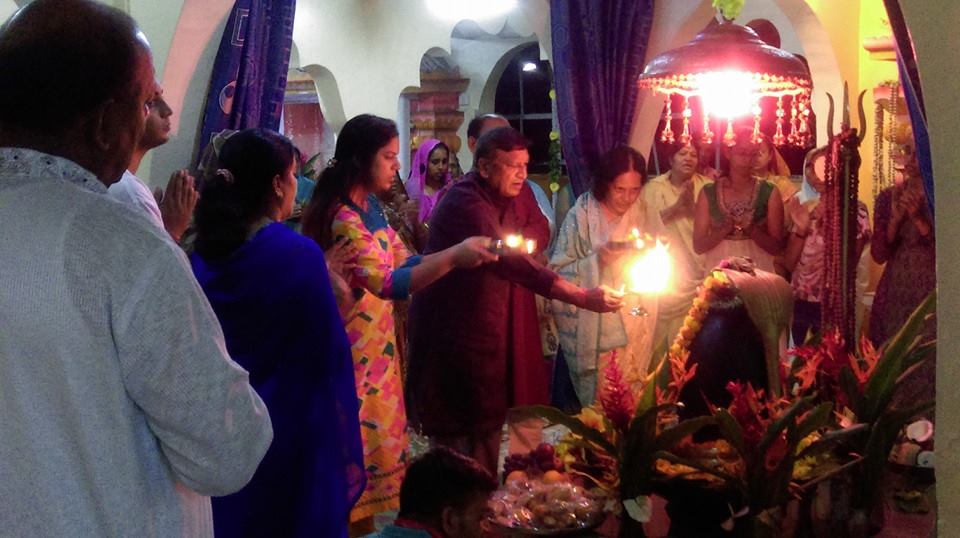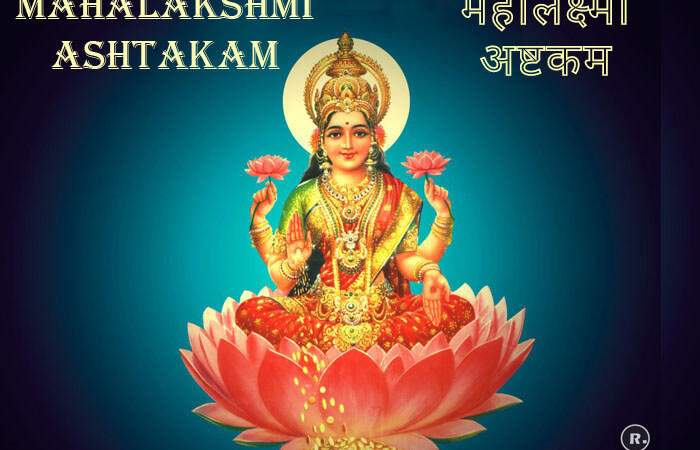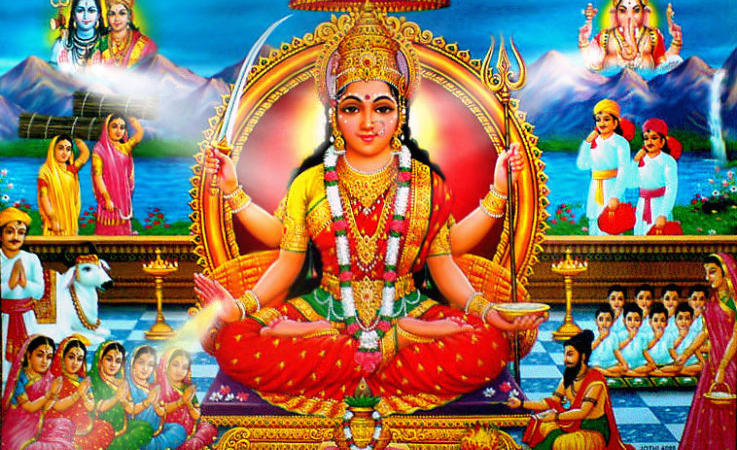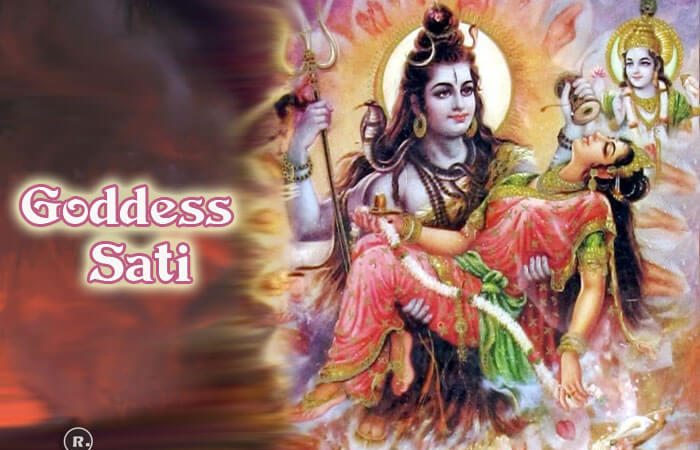Why do we perform Aarti

Aarti also spelled as arti, arati, arathi, aarthi is part of puja ritual performed at the end of the puja. It is performed during almost all Hindu ceremonies and occasions.
Aartis also refer to the songs sung in praise of the deity, and lighting an oil lamp and circling it around the deity.
In Hindu household Aarti is performed during the morning and evening, it is ritual of lighting the flame to dispel darkness, incense is burnt gives out fragrance along with it a bell is rung, hands are clapped while singing the Aarti.
The ‘Aarti’ reminds us of the greatness of the Lord because the flame that we rotate is symbolic of the Cosmos (Sun, Moon, Stars) revolving around the Almighty paying obeisance to Him. The ritual of Aarti is from an ancient Vedic fire ritual, where a lamp is lit to lighten up the darkness.
Aarti is carried out for four main reasons:
- to praise and glorify God;
- to thank God;
- to ask forgiveness from God;
- or to make a request from God.
The Aarti plate
The Aarti plate is made of metal, usually silver, bronze, or copper. A lamp made of kneaded flour, mud, or metal is used which is filled with oil or ghee. A cotton wick is put in the oil or ghee and is lighted, or just camphor is burnt. The Aarti plate also contains flowers, incense, and rice.
Emotions and prayers are often silent while doing Aarti, but this is determined by the person carrying out the ritual or the holiday involved. It’s also believed that goodwill and luck can be taken through symbolic hand movements over the flame.
Why performed twice
Aarti is meant to be performed twice a day at sunrise and at sunset. At sunrise, the raja-tama predominant atmosphere present throughout the night is destroyed and the absolute fire element frequencies of Deities arrive in the universe. Hence, Arti is to be offered at sunrise to welcome them.
The ‘Tarak Chaitanya’ transmitted during the arrival of the frequencies of Deities at sunrise is to be welcomed by the worshipper through the medium of the Arti, whereas at sunset, the Arti is performed to destroy the raja-tama frequencies and to invoke the Deities’ ‘marak Chaitanya‘. That is why Arti should be performed twice – at sunrise and at sunset.
Performing Aarti
The flame of the aarti illuminates the various parts of the deity so that the performer and onlookers may better see and concentrate on the form. Aarti is waved in a circular fashion, in a clockwise manner around the deity. After every circle (or second or third circle), when Aarti has reached the bottom (6–8 o’clock position), the performer waves it backward while remaining in the bottom (4–6 o’clock position) and then continues waving it in a clockwise fashion.
The purpose of performing aarti is the waving of lighted wicks before the deities in a spirit of humility and gratitude, wherein faithful followers become immersed in God’s divine form.
It symbolizes the five elements:
space (Akash)
Wind (Vayu)
Fire (Agni)
Water (Jal)
Earth (Prithvi)
Aarti Songs
The most commonly sung aarti is that is dedicated to all deities is Om Jai Jagdish Hare, known as “The Universal Aarti” and is another common aarti song. Its variation is used for other deities as well such as Om Jai Shiv Omkara, Om Jai Lakshmi Mata, Om Jai Ambe Gauri, Om Jai Adya Shakti, Om Jai Saraswati Mata, Om Jai Gange Mata, Om Jai Tulsi Mata, and Om Jai Surya Bhagavan. In Ganesha worship, the aarti Sukhakarta Dukhaharta is popular.
Aarti Significance
When aarti is performed, the performer faces the deity of God (or divine element, e.g. Ganges river) and concentrates on the form of God by looking into the eyes of the deity (it is said that eyes are the windows to the soul) to get immersed. The flame of the aarti illuminates the various parts of the deity so that the performer and onlookers may better see and concentrate on the form.
The idea here is that aarti represents our daily activities, which revolves around God, a center of our life. Looking at God while performing aarti reminds the performer (and the attendees of the aarti) to keep God at the center of all activities and reinforces the understanding that routine worldly activities are secondary in importance. This understanding would give the believers the strength to withstand the unexpected grief and keep them humble and remindful of God during happy moments.






